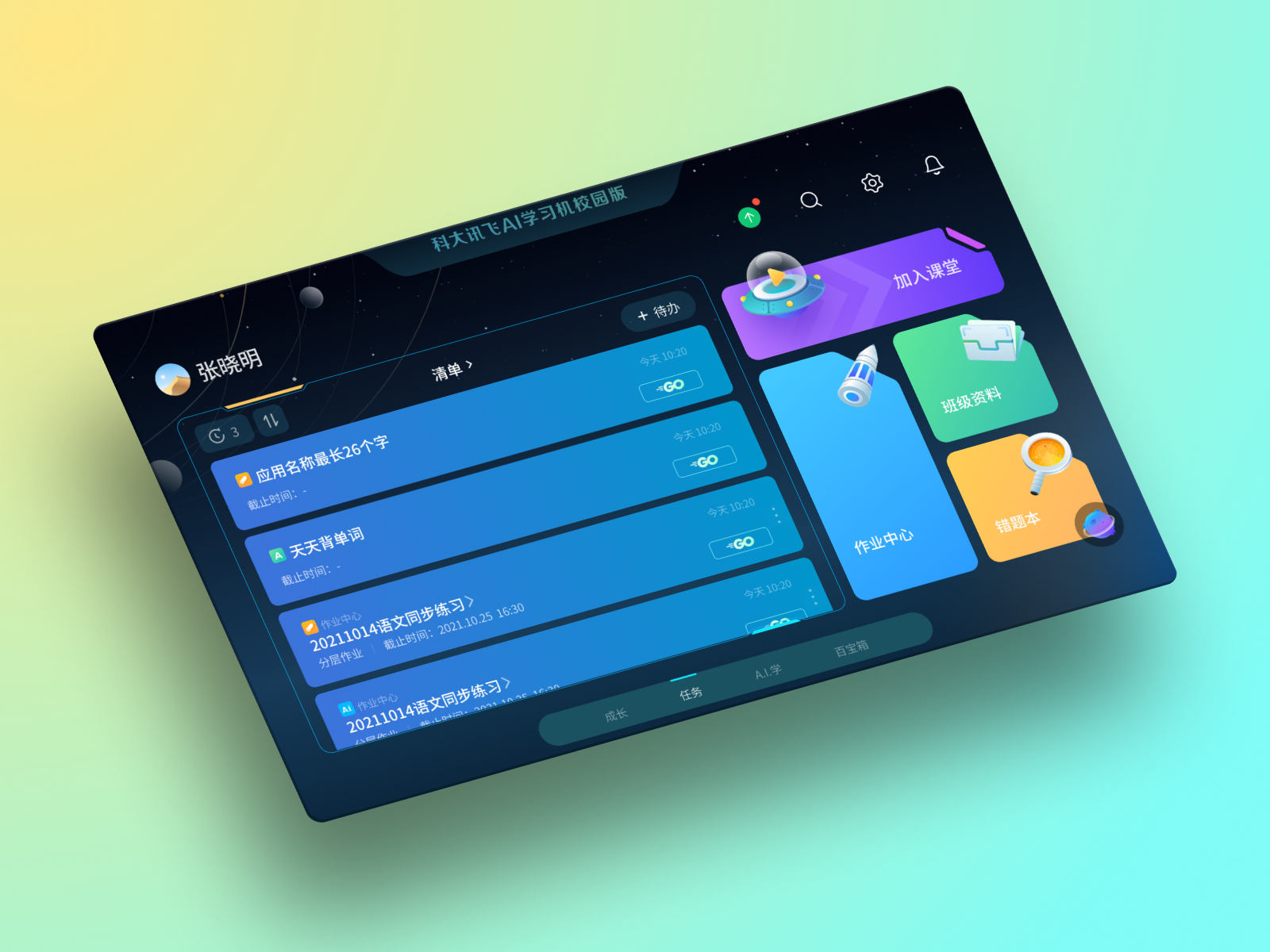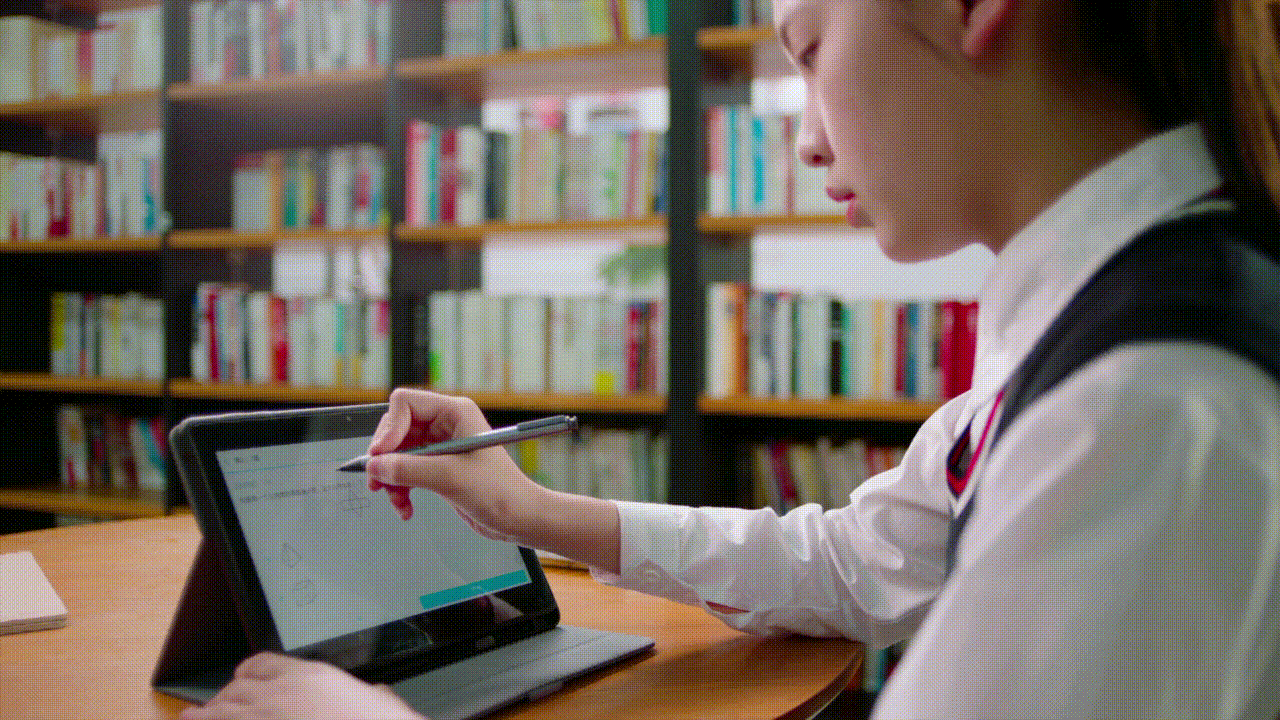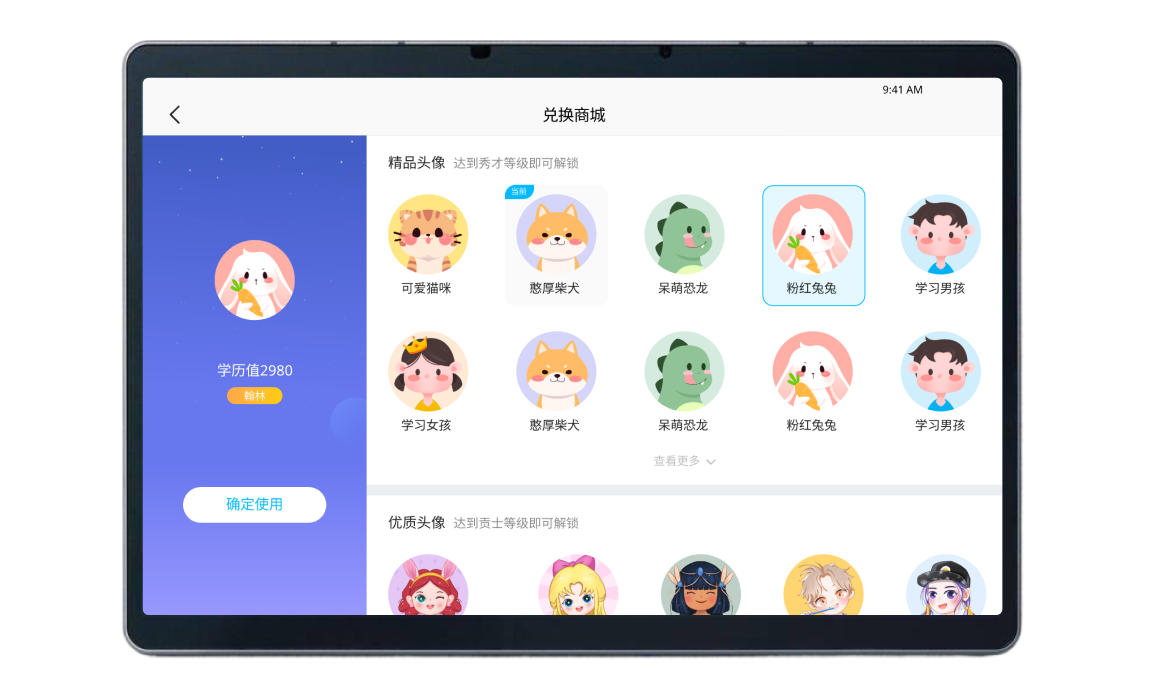The Problem:
After 7 years and 9 versions, ZhiKe's student pad had become a fragmented ecosystem built on legacy code, while pedagogy shifted from teacher-led to student-directed learning—but our tools hadn't evolved.
My Solution:
Redesigned the platform around self-directed learning with gamification, personalized to-do systems, and controlled reward mechanisms that motivate without creating addiction.
The Impact:
- 53% increase in daily active users
- 38% improvement in student self-study time
- 50% increase in student-set goals completion
- 92% satisfaction among students and teachers
My Role:
Work with my mentor (1 of 2 UX designer) for 6 months, conducting student research, designing gamification systems, and collaborating with developers to modernize legacy architecture.
Key Insight: Students needed tools that fostered self-directed learning while balancing engagement with healthy screen time habits.


